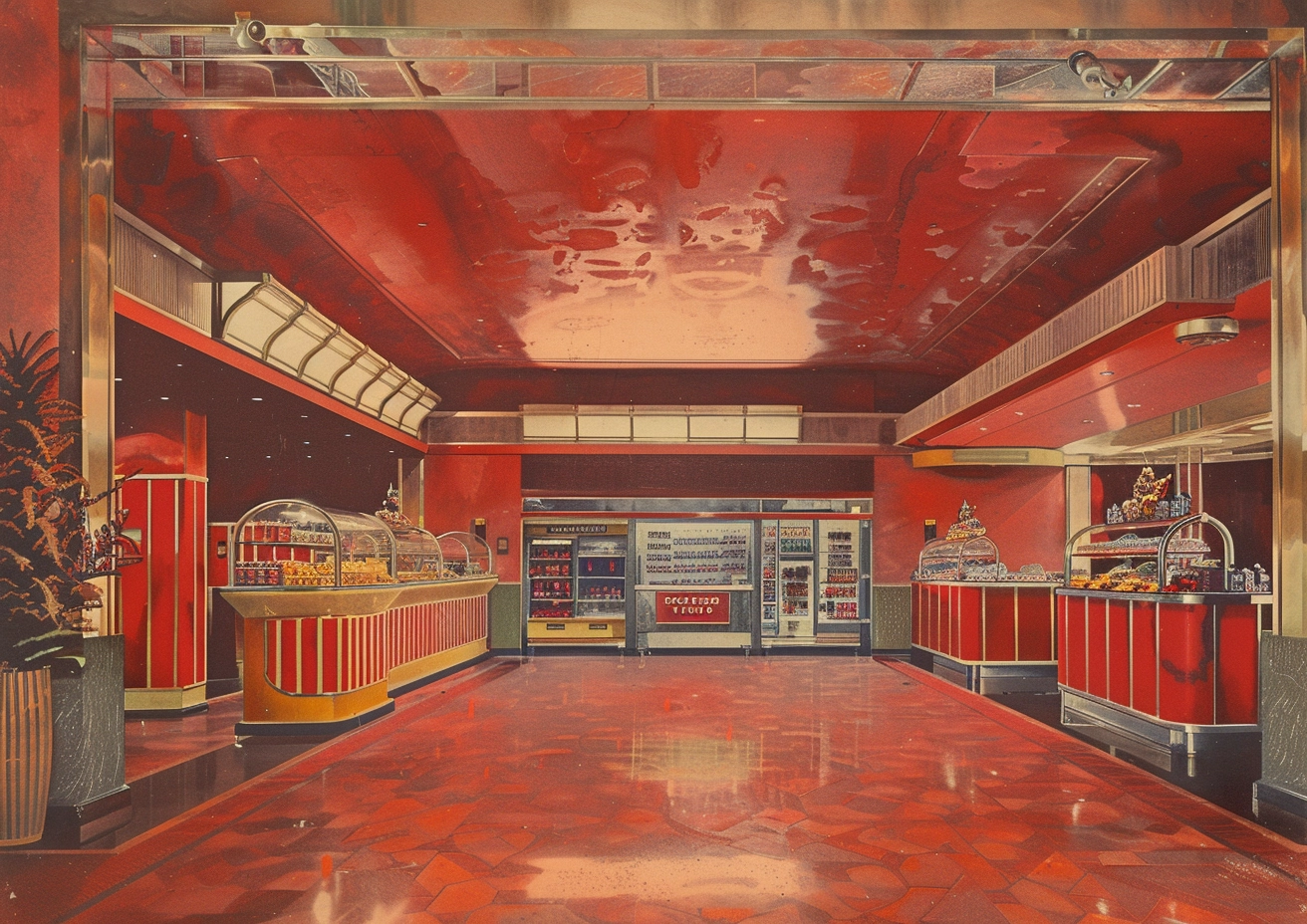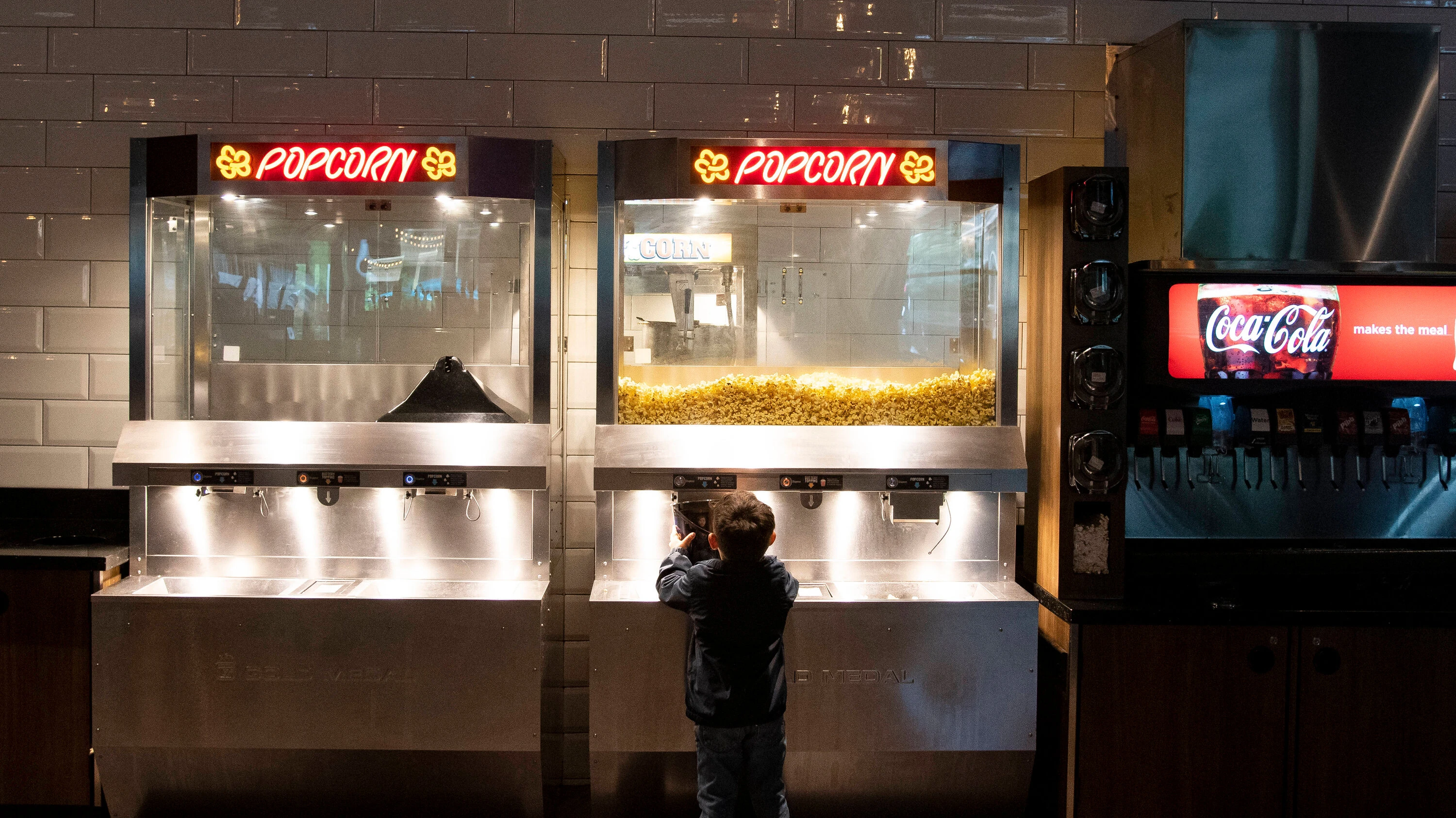Movie Theater Operators Have It Easy in This One Way

In an era where the streaming services' convenience beckons movie lovers to their couches, the cinema industry is undergoing a transformative phase to lure audiences back to the big screen. As detailed in a recent Wall Street Journal article, the architectural uniqueness of cinema buildings—with their sloped, concrete floors and large, windowless spaces—poses a significant challenge for property owners looking to repurpose these structures. Faced with rising construction costs, some landlords are opting to reduce rents to keep these spaces filled, highlighting the financial strain on the cinema sector.
Amidst this backdrop, innovative theater operators are reimagining the movie-going experience. From installing giant screens and in-theater playgrounds to offering cocktail lounges, the industry is investing in creating an environment that surpasses the comfort of home viewing. These efforts come at a time when the retail real estate sector is seeing a resurgence, yet movie theaters find themselves in a unique position of negotiating power due to the specific challenges they face, including decreased rents and the impact of the pandemic and Hollywood labor strikes on film production.
The article points out the stark reality that the number of movie screens in the U.S. has seen a significant drop from 2019, with major players like AMC Entertainment and Cineworld closing locations but also opening more profitable ones. Despite these closures, there's a cautious optimism for a resurgence in 2025 as the industry looks to bounce back from the strikes and a pandemic-induced downturn.
Highlighting the potential for recovery, the success of films like "Barbie" and "Oppenheimer," along with concerts of pop icons, has brought audiences back to theaters, though ticket sales remain lower than pre-pandemic levels. This situation underscores a shift in consumer behavior, moving away from traditional mall visits and movie outings to seeking unique and engaging experiences.

One such example of innovation in creating compelling experiences is the B&B Theatres complex in Red Oak, Texas. This complex not only features state-of-the-art viewing experiences, including a screen that wraps around the audience for 270-degree viewing, but it also offers a variety of activities beyond movie watching. With amenities like bowling lanes, an arcade, rock climbing, and outdoor sports facilities, B&B Theatres aims to provide an entertainment experience that cannot be replicated at home.
This brings us to an essential consideration for the future of cinemas: the need for theater operators to create better experiences to attract audiences. One way to enhance the movie-going experience is through the implementation of fast, efficient, and easy-to-install self-checkout systems for concessions. Such technology can significantly reduce wait times, improve customer satisfaction, and encourage more purchases, contributing to the theater's revenue. In a landscape where convenience and efficiency are highly valued, integrating advanced self-service options could be a game-changer for cinemas striving to offer an unmatched entertainment experience.
In conclusion, as the cinema industry navigates its way through structural and market challenges, the focus on innovation and improving customer experience emerges as a key strategy. By transforming theaters into multi-faceted entertainment hubs and integrating modern technologies like self-checkout for concessions, theater operators have the opportunity to redefine what it means to go to the movies, ensuring their spaces remain a cherished destination for audiences seeking more than just a film.

